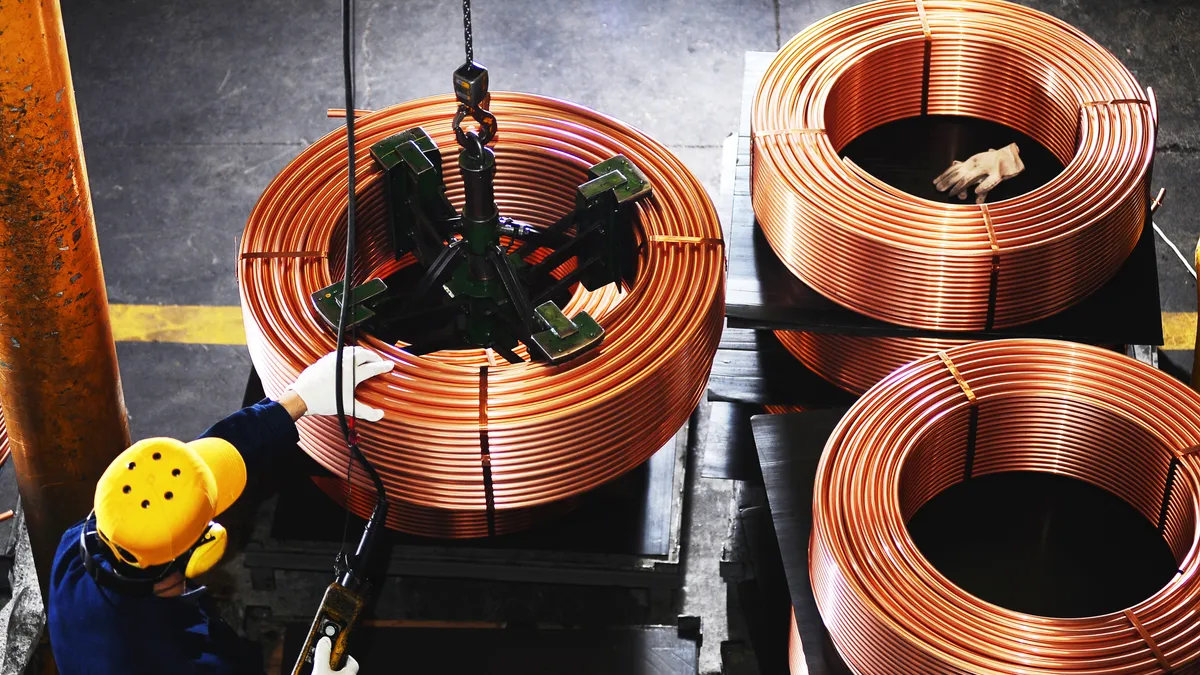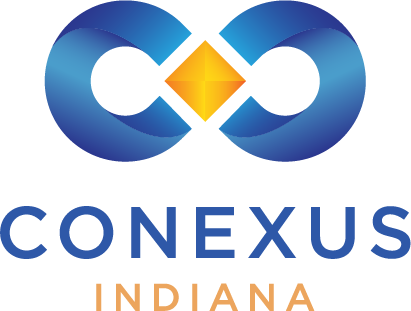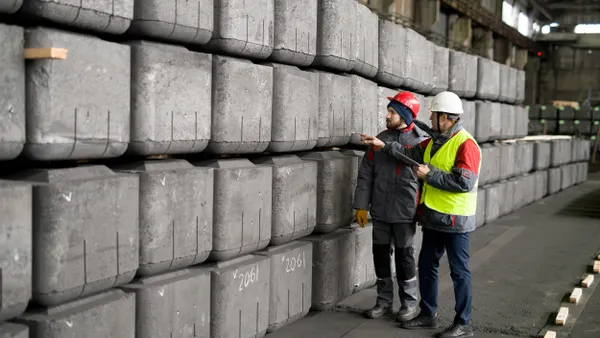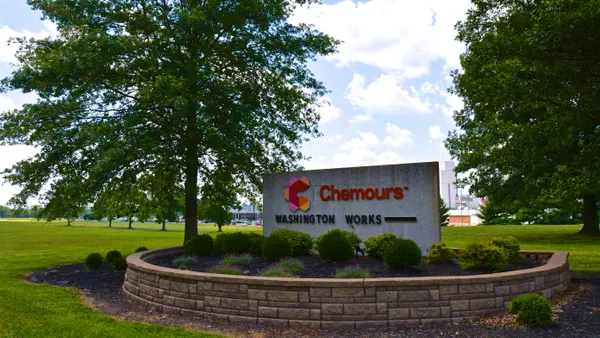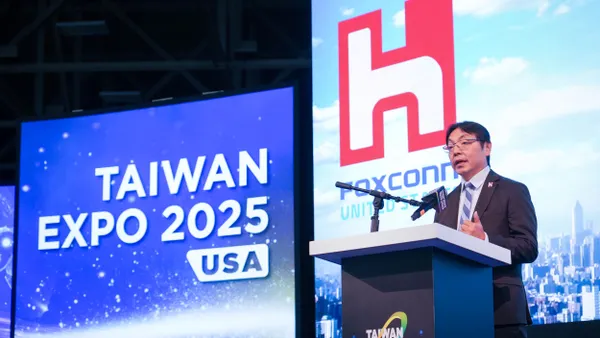It's been nearly two years since the passage of the CHIPS and Science Act, sweeping legislation that aimed to catapult the nation's role in the global semiconductor industry. The law, which provides $52 billion in manufacturing and research grants and incentives, as well as a 25% investment tax credit to encourage semiconductor production in the U.S., has already sparked dozens of investments in the domestic semiconductor industry.
Over the past nearly two years, 13 companies across 23 projects in 14 states have received CHIPS grants worth about $30 billion in grant awards and up to $25.1 billion in loans, according to the Semiconductor Industry Association.
A key part of the Biden administration's motivation behind onshoring chips manufacturing is to better compete against countries like China and Taiwan, which are longtime dominators in the space.
“Our investments in leading-edge logic chip manufacturing will put this country on track to produce roughly 20% of the world’s leading-edge logic chips by the end of the decade,” Commerce Secretary Gina Raimondo said during a Feb. 23 speech. “That’s a big deal,” Raimondo added. “Why is that a big deal? Because folks, today we’re at zero.”
To help with rolling out the billions of dollars in funding, the act also reauthorized and expanded the authority of the National Institute of Standards and Technology, creating the CHIPS Program Office within it. In April 2023, the government also established the National Semiconductor Technology Center, a public-private consortium dedicated to semiconductor research and development.
Read on for three charts that break down the top trends in CHIPS Act-related investments since the law’s passage.
The state of the global semiconductor supply chain
Since the passage of the CHIPS Act, other countries have signed into law similar legislation. In September 2023, the European Chips Act promised 43 billion euros of public and private investments to increase production capacity to 20% of the global market by 2030.
South Korea announced in May that it promised to set aside $19 billion to fuel chipmaking in the country, according to Bloomberg.
The majority of global chip manufacturing capacity in 2020 was owned by firms headquartered in the U.S. (22%), South Korea (20%), Taiwan (19%), China (15%) and Japan (12%), according to a Congressional Research Service report.
Some of the biggest semiconductor manufacturing investments are foreign-based companies building their facilities in the U.S. For example, Taiwan Semiconductor Manufacturing Co. is building three factories in Phoenix, investing more than $65 billion total, including $6.6 billion in CHIPS funding.
Meanwhile, Intel has a goal to become the world’s second-largest foundry by 2030, right behind TSMC. The company received $8.5 billion under the CHIPS Act in March to fund the construction of four fabs in four states.
Germany-based chip companies have the most existing facilities in the US among foreign firms
The rollout of funding
The Commerce Department started making CHIPS funding allocations in December 2023.
Some of the biggest recipients so far are Intel, TSMC and Samsung Electronics.
CHIPS funding for projects announced thus far remains in the due diligence phase, after which NIST will negotiate more detailed terms of agreement with the company and issue the final award. From advanced packaging to research and development facilities, the bottom line is the same: build out the U.S. domestic semiconductor supply chain.
CHIPS money has revved up over the past 4 months
CHIPS-related projects, thus far, have been spread all over the U.S. Arizona stands as the state with the highest amount of investment tied to the law's funding, coming from both TSMC and Intel’s major projects.
Other funding so far is more concentrated in the South and West. Texas is home to semiconductor giants Samsung Electronics, Micron Technology and GlobalWafers, all of which have received CHIPS funds.
On the other side of the country, the East is also trying to build up its manufacturing sector. In December 2023, New York forged a $10 billion partnership with IBM, Micron and Applied Materials to build a chip R&D center in the state’s capital. GlobalFoundries received $1.5 billion in CHIPS funding to expand its site in Malta, New York, and Essex Junction, Vermont.
Arizona is home to most CHIPS and Science Act funding
Julia Himmel contributed to this story.





